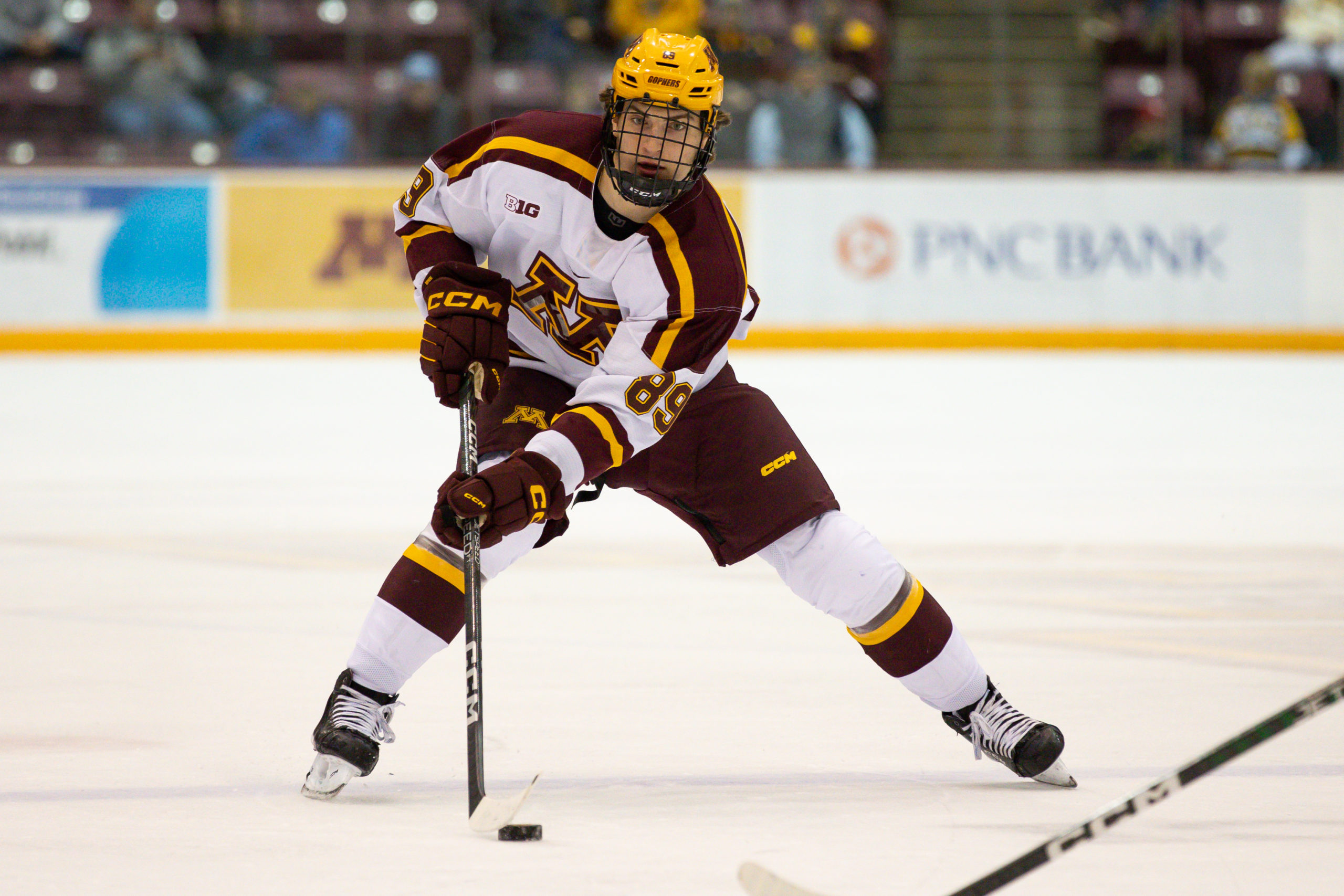
Introduction
Matthew Knies, the highly touted hockey prospect, recently sat down for an exclusive post-game debrief. In this in-depth interview, Knies provided valuable insights into his game, his team's performance, and the challenges of playing at the highest level. This article will critically examine the complexities of Knies' post-game reflections, exploring various perspectives, data points, and real-life examples to provide a comprehensive analysis.
Knies' Game Analysis
Knies began by reflecting on his own performance, acknowledging both his strengths and areas for improvement. He praised his skating and puck-handling ability, which have always been hallmarks of his game. However, he also acknowledged the need to work on his shot and improve his consistency. Knies' self-assessment demonstrates his maturity and willingness to learn, recognizing that even the most talented players have room for growth.
Data from advanced analytics supports Knies' assessment. His skating metrics rank among the top in the league, with exceptional speed, agility, and edge work. However, his shot metrics, while still respectable, leave room for improvement. A recent study by HockeyViz analyzed his shot quality and found that while he generates a high volume of shots, his shooting percentage is below average.
Team Performance and Chemistry
Knies also spoke about the team's performance, recognizing the importance of chemistry and communication on the ice. He emphasized the need for players to trust each other and work together as a unit. Knies pointed out that the team's recent struggles were due to a lack of cohesion, which led to breakdowns in defense and missed opportunities on offense.
Research has shown that team chemistry is a significant factor in success at all levels of hockey. A study by the University of Waterloo found that teams with high levels of chemistry had increased possession time, better passing efficiency, and higher scoring rates. Conversely, teams with low levels of chemistry experienced more turnovers, defensive breakdowns, and poor offensive production.
Challenges of Playing at the Highest Level
Knies shared his insights into the challenges of playing at the highest level, highlighting the intense pressure, physical demands, and mental toughness required. He spoke about the importance of maintaining focus and determination, even in the face of adversity. Knies also discussed the importance of off-ice preparation, including proper nutrition, sleep, and mental conditioning.
The physical demands of hockey are well-documented. Players must endure grueling practices, games, and travel schedules. A study by the International Ice Hockey Federation found that elite hockey players have VO2 max levels comparable to Olympic distance runners. Additionally, the mental challenges of hockey are significant, with players constantly facing pressure to perform and avoid mistakes.
Conclusion
Matthew Knies' post-game debrief provides valuable insights into the complexities of playing at the highest level of hockey. His self-assessment, team analysis, and discussion of the challenges he faces are all indicative of his maturity and dedication to the game. Knies' reflections are not only informative but also serve as a reminder of the importance of chemistry, communication, and mental toughness in achieving success.
The broader implications of Knies' findings are significant for both players and coaches at all levels of hockey. His emphasis on teamwork, preparation, and resilience can help inspire and guide young players as they strive to reach their full potential. Coaches can also use Knies' insights to create more cohesive and effective teams.
Post a Comment